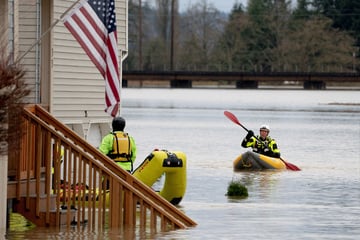Climate crisis: Shipping's "black carbon" accelerates warming in the Arctic
Arctic - More and more cargo ships are trundling through the Arctic, with some pretty serious consequences for the environment.

Climate change is making sea ice in the Arctic melt sooner, which opens up new shipping routes, but tankers on those routes are speeding up the warming process with their sooty exhaust, according to the Guardian.
This is already turning into a feedback loop, because more tankers in Arctic waterways means more of their exhaust ending up on polar ice and snow.
This sooty exhaust, called "black carbon," has the same effect on Arctic ice as a thermal blanket has on you, it insulates, instead of polar ice acting as a mirror and bouncing the sun's warming rays back into space.
All that heat makes more ice and snow melt, which in turn opens up more water for shipping, and so on, until all the melting reaches a tipping point.
According to Maritime Professional, the time from 2013 and 2019 had a 25% increase in shipping traffic in the Arctic, thanks to melting sea ice, and the trend is expected to continue churning upwards.
The UN'S International Maritime Organization, responsible for preventing pollution from ships, has yet to make lower shipping emissions a requirement, even though it already added a voluntary option for shipping companies to move to cleaner-burning fuels.
Changing emissions limits for cargo ships would be one way to work against the worrying trend of melting polar sea ice.
Cover photo: 123RF/erectus
